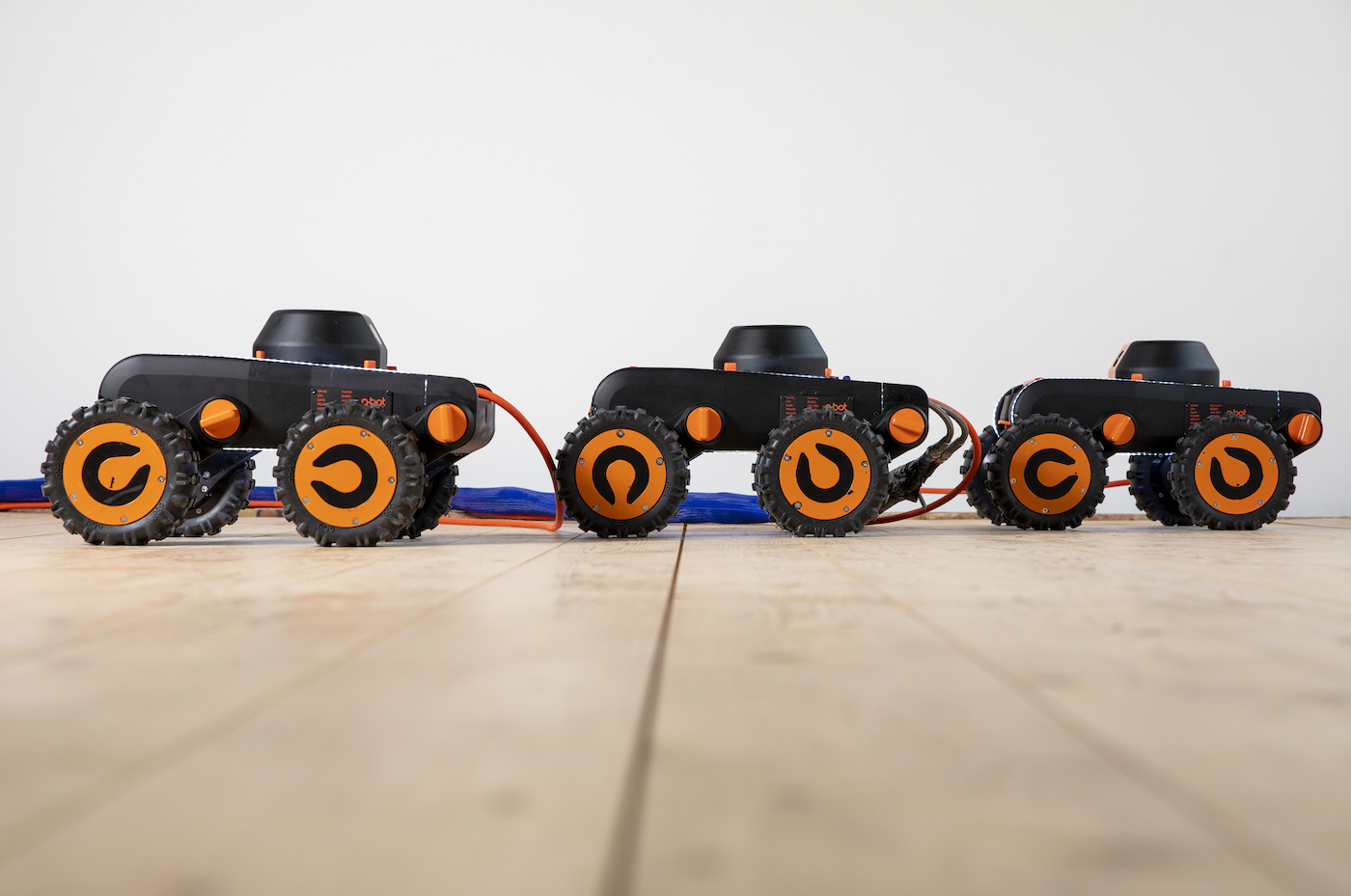Q-Bot insulation robots – how the latest in robotic technologies can save carbon emissions and money
The next generation of underfloor insulation robots from Q-Bot are providing homeowners and landlords with significant cost savings, as well as driving down the carbon emissions from homes across the UK.
Q-Bot provides a fully accredited solution for underfloor insulation with suspended floors, making homes warmer while increasing energy efficiency without the hassle of alternative methods. Its unique solution has benefitted an estimated 6,000 people in the social and private housing market, resulting in significant reduction of cold draughts, heat loss through the floor and uneven temperatures.
Retrofitting existing buildings is essential to reaching net zero in the built environment. Residential homes are responsible for around 25 per cent of the UK’s CO2 emissions. Space heating is the largest single energy use in the UK, and accounts for over half of domestic CO2 emissions. According to Q-Bot’s case study of 100 homes where it installed underfloor insulation, each household cut its annual CO2 emissions by 700kg on average. This is the equivalent greenhouse gas (GHG) emission saving as driving over 1,700 miles in a car – like driving from London to Munich and back again.

Q-Bot’s fleet of robots has already completed more than 2,000 installations in the UK since 2012, using robotic technologies for sustainable building retrofit, maintenance and construction. Its work has harvested CO2 savings equivalent to planting two million trees.
Q-Bot works with a mix of private and social landlords and homeowners, while setting up a network of accredited installation partners across the country. In addition to carbon savings, Q-Bot’s underfloor insulation also reduces the average homeowner’s heating bill by 16 per cent, or £150 a year. According to Energy Saving Trust, insulating a floor with Q-Bot typically saves around £110 a year in a gas-heated home, or £255 a year in an electrically-heated home.
Q-Bot is committed to continually innovating its fleet of robots and ensuring that every robot- – each one named after inspiring people, including Michael Faraday and Greta Thunberg – uses the latest in smart digital technology. Recent improvements include the addition of sealed robots with wheels that can drive underwater, and a new design of the spray platform to control insulation thickness.
Compared to previous generations, the robot is now narrower, making it easier to insert in different types of floor void – ideal for spaces that have historically been harder to reach.
Martin Jervis at Q-Bot says: “Our fleet of Q-Bot robots is a prime example of how smart young engineers building new innovations in technology can have a significant positive impact on the planet, and also offer meaningful cost savings to homeowners and landlords. We are essentially replacing legacy construction techniques with smart digital processes, using robotics and AI to make it easier to inspect, maintain and upgrade buildings.”
